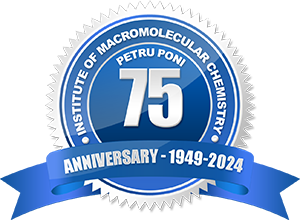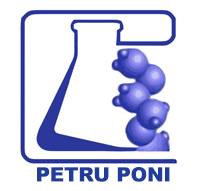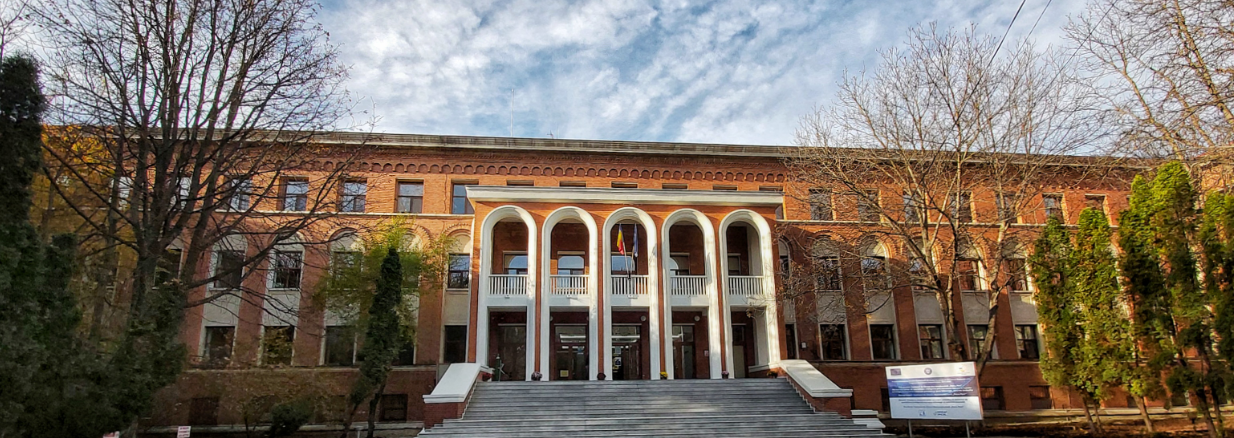General Topic:
Polymer architectures for opto-electronic and energy applications
The main concern of Laboratory 7 is to address some scientific and technological challenges of nowadays areas of technological interest, e.g. nanotechnology, advanced materials, energy, with emphasis on designing, synthesis and engineering of exciting materials based on aromatic/heterocyclic compounds, polymers and polymer architectures. The interest is focused on achieving and disseminating knowledge in fundamental and applied research, elaboration of protocols for materials development as to provide fundamental and experimental know-how to support technology transfer to companies acting in (opto)electronic and energy fields, besides on education/training of young researchers, including PostDoc, PhD or Master students.
The laboratory team consists of two research groups and has a number of 20 members.
Research Areas:
- Fine organic synthesis of low-molecular weight compounds, oligomers/polymers and polymer supramolecular architectures having aromatic, heteroaromatic or heterocyclic structure
- Free-standing flexible/stretchable films, membranes, solid-state foams, transparent substrates
- Oligomer/polymer coatings on various supports: glass, quartz, silicon, ITO, metal, plastic, etc.
- Self-assembling monolayers developed by Langmuir-Blodgett method onto various substrates
- Multifunctional polymer materials: surfactants, colloids, Janus nanoparticles
- Functionalization of interfaces towards multifunctional properties
- Polymer blend and composite polymer materials based on CNTs, perovskites, graphene, metal oxides, etc.
- Advanced physico-chemical characterization of polymer materials and interfaces: morphology, thermal, mechanical, photo-optical, dielectric, electrical, electrochemical, wetting properties, etc.
- Assessing the potential for material application in photovoltaics, light-emitting diodes, capacitors, supercapacitors, electrochromic devices, fuel cells, memories, sensors and bio-sensors, CO2 capture and storage, etc.
- Lab. scale prototype devices based on oligomer/polymer materials either as active or passive elements (at TRL 4)
|








